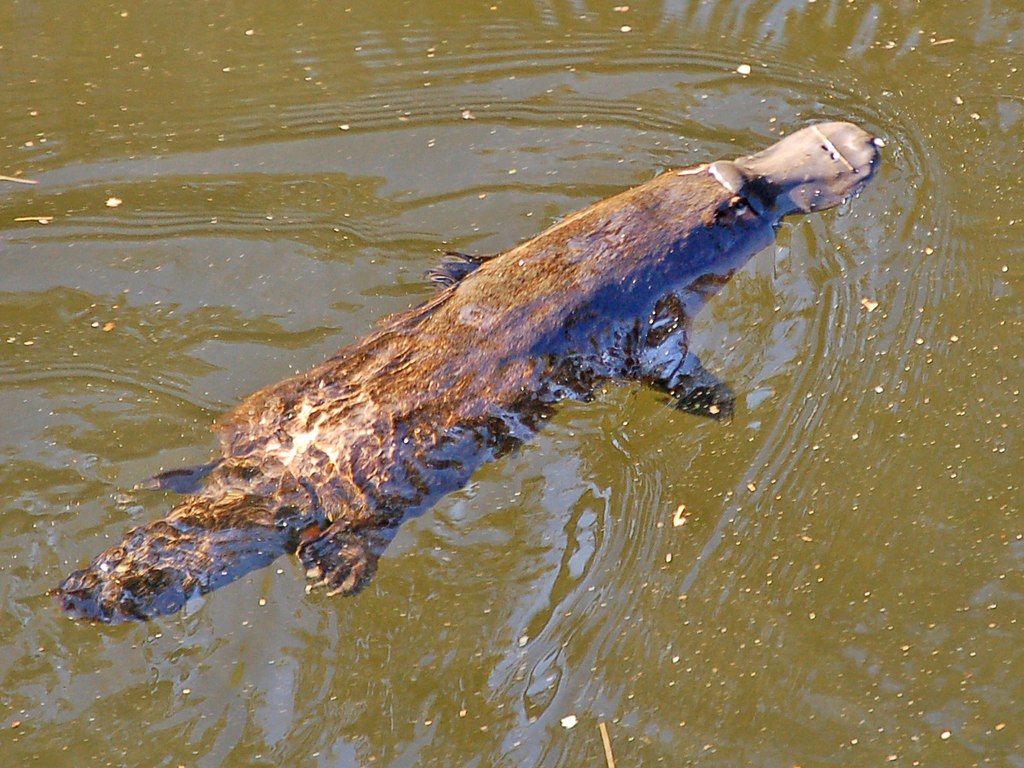After being absent for over half a century, the iconic platypus is set to make its return to The Royal National Park, just south of Sydney.
Once thriving in the rivers what is Australia’s oldest national park, there have been no recorded sightings of platypus since the 1970s.
This new project will translocate an initial group of 10 platypus, a mixture of males and females, in the first half of 2022.
Specialist boardwalks and viewing platforms
As part of the reintroduction, the NSW National Parks and Wildlife Service (NPWS) will also be investing in public viewing infrastructure once the initial population is established. This will consist of specialist boardwalks and viewing platforms designed to have minimal impact on platypus habitat.
Other organisations involved in the project are the University of New South Wales (UNSW), the World Wildlife Fund for Nature–Australia (WWF) and Taronga Conservation Society Australia.
“The platypus is seen nowhere else on the planet and, like so many of our other precious native species, its future is uncertain,” said the state’s Environment Minister, Matt Kean.
“Unfortunately, we have some of the worst extinctions rates anywhere in the world and we have to make sure the platypus never makes that list. I am so excited for this partnership which will bring together some of our best minds.”
Australia must manage platypus populations
Professor Richard Kingsford from UNSW’s Centre for Ecosystem Science said it was vital that Australia develop the capability to actively manage platypus populations and do a better job at protecting their freshwater homes.
“While platypus are resilient animals, we want to make sure future generations can see them in the rivers of the Royal and all the way down the east coast of Australia,” he stated.
“Platypus are hard to see and mainly nocturnal animals, so we will survey and assess the condition of all the rivers and creeks in the park, and [be] checking which part of the rivers are suitable for reintroducing new individuals,”
The animals who are part of the project will be fitted with acoustic tags so researchers can track their progress and any breeding activity for up to two years.












